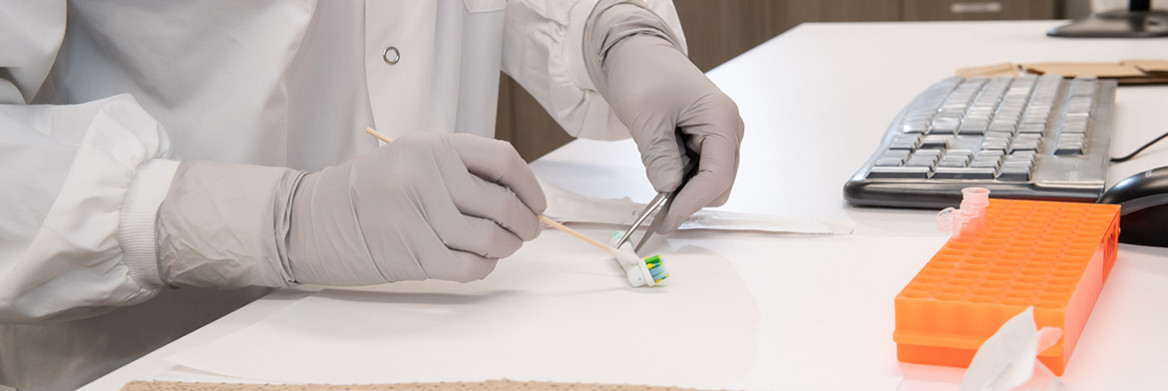The number of profiles in the RCMP's National Missing Persons DNA Program (NMPDP) is growing and advocates expect it will help police solve more unidentified remains cases across Canada.
The NMPDP, which became operational in March 2018, helps police across the country with missing-persons investigations and efforts to identify human remains. As of early 2021, there were more than 1,100 DNA profiles in the NMPDP and that number is expected to rise by 400 to 500 annually.
"The more profiles we have in the databank, the more chances we have to make an association that can result in an identification,
" says Chris Askew, Program Technical Leader and Forensic Scientist at the National DNA Data Bank.
The NMPDP, which is managed by the National DNA Data Bank and the National Centre for Missing Persons and Unidentified Remains, maintains three humanitarian DNA indexes to identify the missing.
They include the Missing Persons Index (MPI) which includes DNA profiles attributed to the missing person; Relatives of Missing Persons Index (RMI), which includes DNA profiles voluntarily submitted by close relatives of the missing person, and the Human Remains Index (HRI), which contains DNA profiles from found human remains.
The DNA profiles in the HRI are compared against the profiles in the MPI, RMI and the hundreds of thousands of DNA profiles — another number that will only get larger — in the National DNA Data Bank's criminal indexes.
The federal DNA Identification Act permits RMI profiles to only be compared to the MPI and HRI, mainly due to privacy.
The NMPDP has issued 20 reports to investigators and coroners across the country that contain DNA evidence that supports the identification of human remains.
"It's up to the coroner to make the ID,
" says Askew. "Generally the report is accepted and an ID is made, but we know of one case where the coroner hasn't made an ID and is requesting additional work.
"
One of those reports led to the identification of Cheryl Pyne.
She was last seen in Moncton, N.B., in August 2004. Her remains were found in Saint John, N.B., in 2012, but were not identified until December 2020 after a family member provided a DNA sample to the NMPDP that was subsequently compared against the HRI.
Ingrid Muhlig, a DNA investigative analyst with the NMPDP, says cases involving missing persons can draw in multiple police agencies. The program provides an important source of information that investigators across the country can use in their investigations.
Police in New Brunswick have said in the Pyne case, no other evidence was ever found that would have led their investigation to Saint John.
"That's why the program is so worthwhile,
" says Muhlig. "Once a DNA sample is submitted to the program, it's actively being compared to other DNA profiles and new ones when they're added. If we have both pieces of information, you could make the association, or identification, right away.
"
